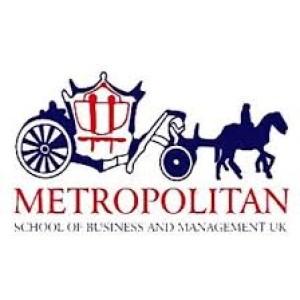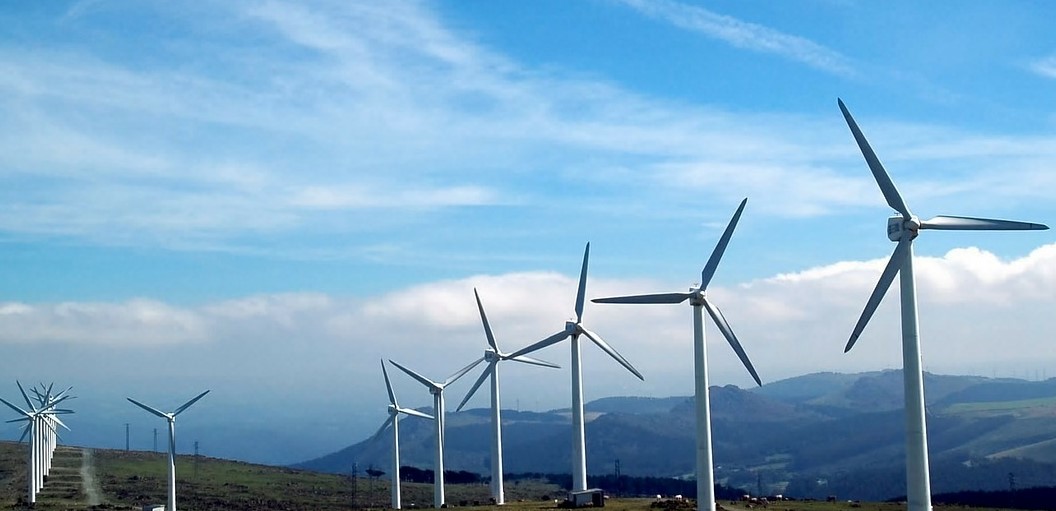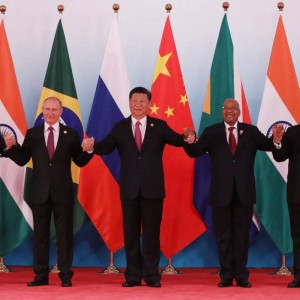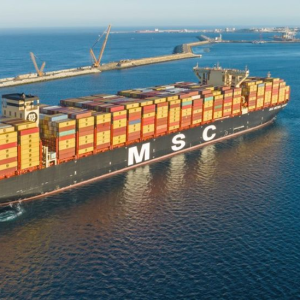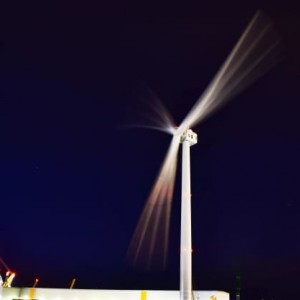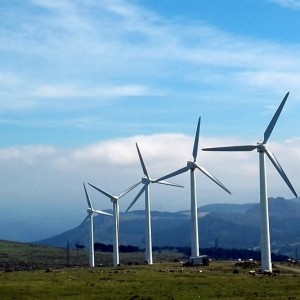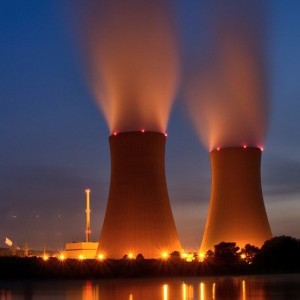GE's renewable energy unit said Tuesday it would manufacture zero waste wind turbine blades by the year 2030, becoming the latest operator in the sector to try to develop more sustainable production processes.
In a statement, GE Renewable Energy said its Denmark-headquartered LM Wind Power subsidiary would “reuse, repurpose, recycle or recover all the excess materials from manufacturing of blades, giving up on landfilling and incineration as waste management solutions.”
It’s also involved in ZEBRA, or the Zero Waste Blade Research project, which is focused on the design and manufacture of fully recyclable wind turbine blades.
As governments around the world attempt to ramp up their renewable energy capacity, the number of wind turbines worldwide only looks set to grow, which will in turn increase pressure on the sector to find sustainable and manageable solutions for the disposal of blades.
In September, Siemens Gamesa Renewable Energy launched what it claimed were “the world’s first recyclable wind turbine blades ready for commercial use offshore.” A few months earlier, in June, Denmark’s Orsted said it would “reuse, recycle, or recover” all turbine blades in its worldwide portfolio of wind farms once decommissioned.
The same month saw GE Renewable Energy and cement manufacturer Holcim strike a deal to explore the recycling of wind turbine blades. And in January 2020, Vestas said it was aiming to produce “zero-waste” wind turbines by the year 2040.
All the above examples can be seen as efforts to develop a so-called circular economy, which the EU has called “a model of production and consumption, which involves sharing, leasing, reusing, repairing, refurbishing and recycling existing materials and products as long as possible.”
Wind energy is one of many industries attempting to develop approaches connected to the idea of a circular economy. Just this month, Swedish battery firm Northvolt said it had produced its first battery cell with what it described as “100% recycled nickel, manganese and cobalt.”
In a statement, the company — which has attracted investment from Goldman Sachs and Volkswagen, among others — said the cell’s nickel-manganese-cobalt cathode had been produced using metals “recovered through the recycling of battery waste.” Tests showed that performance was on a par with cells made using metals that had been freshly mined, Northvolt said.


